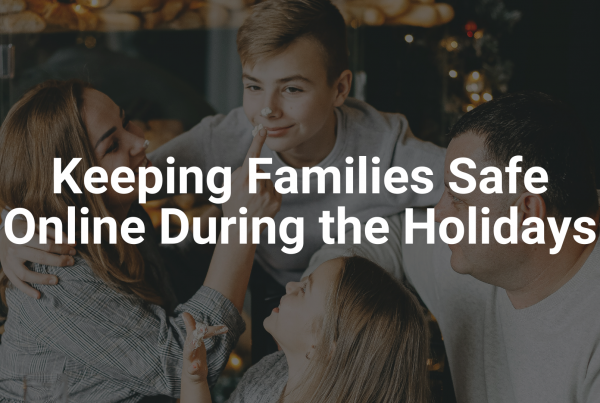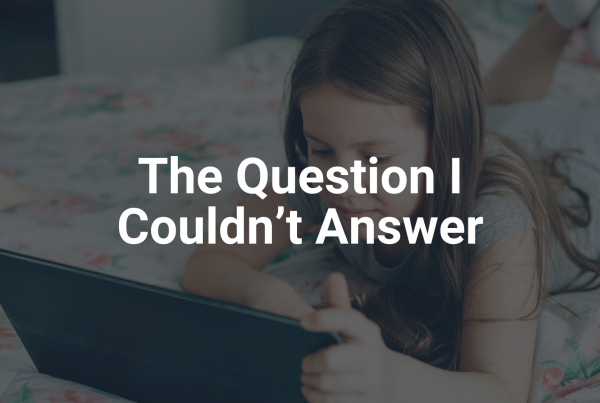Authors: Dr. Abbie Maroño
Published: August 4, 2025
In today’s world, terms related to mental health are often casually thrown around in everyday conversation. Phrases like “I’m so depressed” or “I have PTSD from that experience” are frequently used to describe common emotions or reactions to difficult situations. While this normalization can open up conversations about mental health, it can also lead to misunderstandings and oversimplifications of serious mental health conditions. Overuse of these terms risks diluting their meaning, causing us to underestimate the severity of the disorders they describe.
One condition that has become particularly overused and misunderstood is Post-Traumatic Stress Disorder (PTSD). While PTSD is often associated with war veterans, its scope is much broader, and its true impact goes beyond occasional flashbacks or distress. Misunderstanding PTSD not only trivializes the experiences of those suffering from it but also hinders proper diagnosis and treatment. So, let’s break down what PTSD really is—and what it is not.
What is PTSD, and what is it not?
PTSD is a serious mental health disorder triggered by exposure to a traumatic event. According to the American Psychiatric Association (APA), PTSD can occur in people who have either experienced or witnessed life-threatening events such as natural disasters, serious accidents, terrorist acts, war/combat, rape, or other violent personal assaults (APA, 2013). The key feature of PTSD is the inability to recover emotionally after the traumatic experience, often resulting in intrusive memories, nightmares, avoidance of trauma-related cues, and emotional numbing.
It’s important to distinguish PTSD from normal stress reactions or temporary distress. After a traumatic event, it is natural to feel fear, sadness, or anxiety, but these reactions typically subside with time. PTSD occurs when these reactions persist for months or even years, and they interfere with daily life. People with PTSD may experience hyperarousal (feeling constantly “on edge”), dissociation (feeling detached from reality), or emotional dysregulation, making it difficult to engage in relationships, work, or daily tasks.
What PTSD is not, however, is a catch-all term for any highly stressful or upsetting event. Feeling stressed or overwhelmed after a tough day at work is not PTSD, nor is it appropriate to use the term to describe difficult but manageable experiences. This overuse not only misrepresents the disorder but can also minimize and undermine the lived experiences of those who truly suffer from it.
The physiological effects of PTSD
While PTSD is often viewed as a psychological condition, its effects are deeply physiological. When a person experiences trauma, the brain’s fear-processing center, known as the amygdala, becomes hyperactive, sending signals that trigger a fight-or-flight response even in non-threatening situations. This can lead to a range of physical symptoms such as rapid heart rate, increased blood pressure, and heightened stress hormones like cortisol and adrenaline.
In people with PTSD, the brain’s prefrontal cortex, which is responsible for regulating emotions and logical thinking, becomes less effective at controlling these fear signals. This imbalance leaves the individual constantly on high alert, often resulting in hypervigilance or exaggerated startle responses. Over time, this prolonged state of heightened stress can damage the body’s systems, increasing the risk of heart disease, diabetes, and weakened immune function.
Additionally, sleep disturbances, such as insomnia or frequent nightmares, are common in individuals with PTSD. Poor sleep quality exacerbates emotional distress and impairs cognitive functioning, trapping the individual in a vicious cycle of fatigue and heightened reactivity. These physiological effects underscore the fact that PTSD is not merely a psychological issue—it is a whole-body disorder that deeply affects a person’s physical health.
Social consequences
Beyond its psychological and physiological effects, PTSD can significantly impact a person’s social life and relationships, often in ways that are misunderstood or overlooked. One of the key symptoms of PTSD is avoidance behavior, where individuals actively steer clear of situations, people, or places that remind them of their trauma. While this is a coping mechanism to protect themselves from distressing triggers, it often leads to social withdrawal. Individuals may distance themselves from friends and family or avoid social events altogether. Over time, this isolation can lead to loneliness and disconnection, as maintaining personal relationships becomes more difficult.
PTSD can also deeply affect intimate relationships. Hypervigilance, irritability, and emotional numbness can create barriers to open communication and emotional closeness with a partner. Many individuals with PTSD find it hard to trust others or feel safe in relationships, which can lead to conflict or emotional distancing. Partners and family members may struggle to understand the survivor’s behaviors, feeling hurt by emotional unavailability or frustrated by outbursts of anger or anxiety. This strain can contribute to a breakdown in relationships, increasing the sense of isolation that many PTSD sufferers already feel.
Why we need better PTSD literacy
Given the widespread misuse of the term PTSD, it’s essential that we improve our understanding of the disorder. Better literacy around PTSD can foster empathy, promote accurate diagnosis, and ensure that those affected receive the appropriate support. Mislabeling common experiences as PTSD diminishes the gravity of the condition and can lead to dismissive attitudes, both from healthcare providers and the general public.
Moreover, underestimating the severity of PTSD can delay treatment for those who need it. PTSD is treatable through various therapies, such as cognitive-behavioral therapy (CBT), eye movement desensitization and reprocessing (EMDR), and sometimes medication. However, without proper awareness, individuals may go undiagnosed, suffer in silence, or receive inadequate care. Effective treatment depends on early recognition and appropriate intervention, which can only happen if we acknowledge PTSD as the serious condition it truly is.
Finally, understanding PTSD helps us destigmatize trauma responses. Many individuals, especially those who have experienced interpersonal violence or combat, may feel shame or embarrassment about their symptoms. By educating ourselves and others, we can create a more supportive environment where those living with PTSD feel understood and are encouraged to seek help without fear of judgment.
PTSD is much more than just flashbacks or occasional distress—it is a complex disorder with profound psychological and physiological impacts. By improving our understanding of what PTSD really is and avoiding the tendency to misuse or oversimplify the term, we can ensure that those affected by trauma receive the empathy, support, and treatment they deserve. Increasing PTSD literacy is not just about understanding the disorder; it’s about creating a world where those who suffer from it can find healing and validation.
References
American Psychiatric Association. (2013). Diagnostic and statistical manual of mental disorders (5th ed.). APA Publishing.
Furnham, A., & Swami, V. (2018). Mental health literacy: A review of what it is and why it matters. International Perspectives in Psychology, 7(4), 240-257.
Harik, J. M., Matteo, R. A., Hermann, B. A., & Hamblen, J. L. (2017). What people with PTSD symptoms do (and do not) know about PTSD: A national survey. Depression and Anxiety, 34(4), 374-382.
Pacella, M. L., Hruska, B., & Delahanty, D. L. (2013). The physical health consequences of PTSD and PTSD symptoms: a meta-analytic review. Journal of anxiety disorders, 27(1), 33-46.
Parrott, S. (2023). PTSD in the News: Media Framing, Stigma, and Myths About Mental Illness. Electronic News, 17(3), 181-197.
Revranche, M., Hauw, M. E., Kovess-Masfety, V., & Husky, M. M. (2023). Social Support, Social Isolation and Mastery Among Adults Exposed to Traumatic Events. Journal of Aggression, Maltreatment & Trauma, 32(3), 285-304.
Schnurr, P. P., & Green, B. L. (2004). Understanding relationships among trauma, post-traumatic stress disorder, and health outcomes. Advances in Mind-Body Medicine, 20(1), 18-29.
Shin, L. M., Rauch, S. L., & Pitman, R. K. (2006). Amygdala, medial prefrontal cortex, and hippocampal function in PTSD. Annals of the New York Academy of Sciences, 1071(1), 67-79. https://doi.org/10.1196/annals.1364.007
Vlachos, I. I., Papageorgiou, C., & Margariti, M. (2020). Neurobiological trajectories involving social isolation in PTSD: a systematic review. Brain sciences, 10(3), 173.
Yehuda, R. (2002). Post-traumatic stress disorder. New England Journal of Medicine, 346(2), 108-114. https://doi.org/10.1056/NEJMra012941





